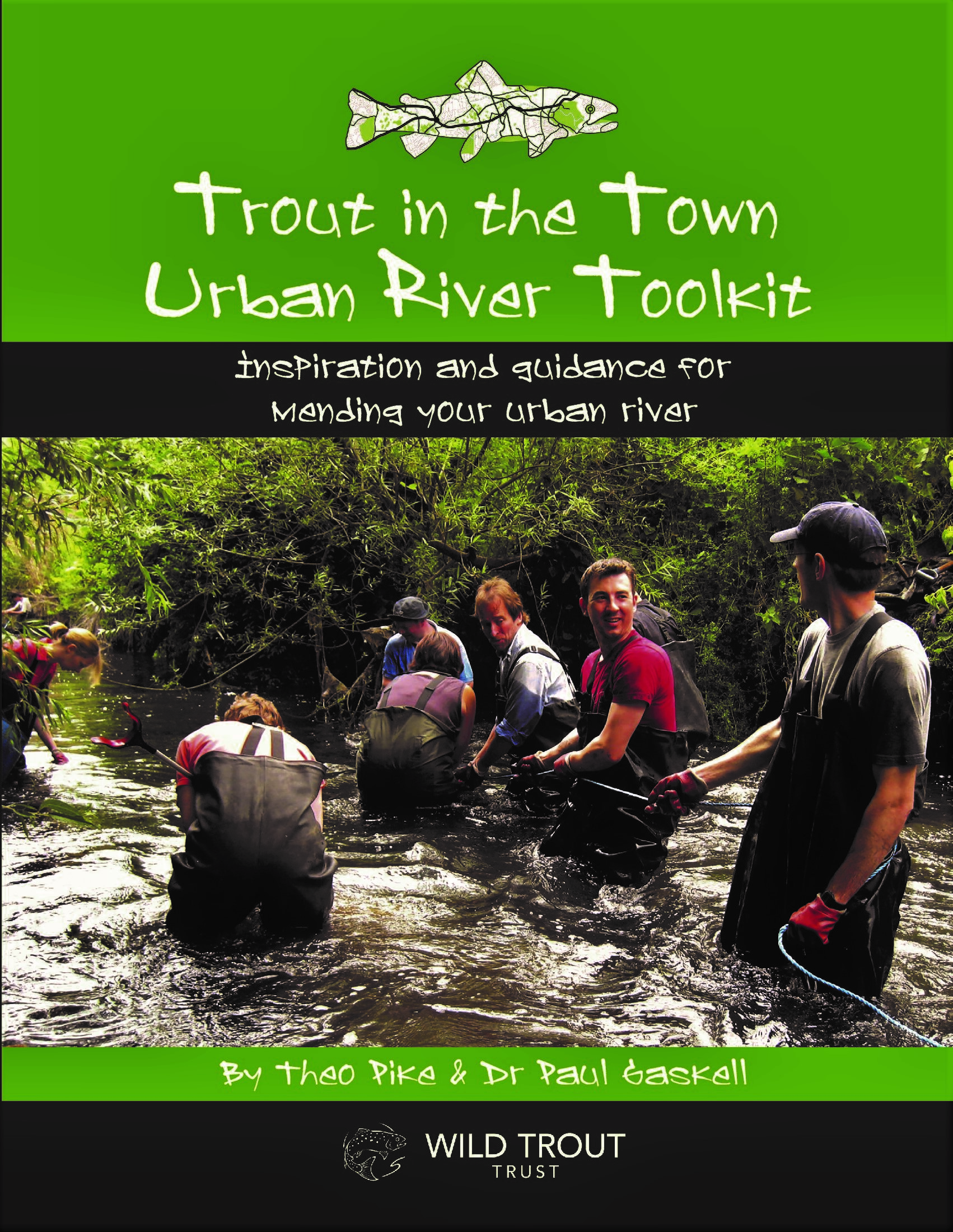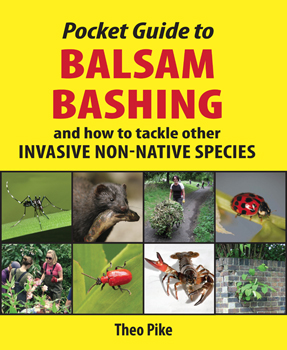Urban fly-fishers familiar with the River Chess above Scotsbridge Mill in Rickmansworth will know it can prove a spooky stretch to fish successfully.
Historically canalised and perched above its floodplain to provide constant power for corn- and paper-milling, this lovely little outer-London chalkstream is now a popular circuit for local dog walkers (whilst tackling up for a stealthy session last summer I was overtaken by one such who proceeded slowly up the bank ahead of me, hurling a branch into the river for her large black Labrador every 5 yards!)
Unsurprisingly when faced with this level of disturbance in a straightened, homogeneous channel without adequate cover, many adult fish have simply gone elsewhere. But thanks to the River Chess Association’s hands-on determination to convert the Rickmansworth stretch into a demonstration site for urban river restoration techniques, with permanent installations of large woody debris to scour humps and hollows in the gravel, and anchor the river’s natural beds of watercress, this once-famous wild trout and grayling fishery may be on its way back.
River Chess Association chairman Paul Jennings has sent us his inspiring report from yesterday’s large woody debris-based practical visit delivered by experts from the Wild Trout Trust…
We had an excellent day yesterday with the Wild Trout Trust on the Chess upstream of Scotsbridge Mill, being given a masterclass by Andy Thomas and Shaun Leonard on how to improve and enhance habitat for fish.
The stretch of river we worked on is open to the public and forms part of the Chess Valley Walk. It is very popular with the public but less so with the fish, with this project we are hoping to change that.
There is excellent habitat for fry and smaller fish but not so for mature larger fish. The techniques demonstrated will encourage larger fish to take up territory and hopefully spawn. We created pinch points designed to clean gravel and scour out pools, half logs were installed to provide cover for fish and we built a brash barrier that will encourage bank side plant growth and habitat for fry and smaller fish.
The event was supported by a great group of partners. The landowner Three Rivers District Council provided access, large woody material and participating muscle. The Environment Agency gave their consent and participated in the event as well as providing an explanation as to why and how consents are obtained. The Chiltern Chalk Streams Project and Herts and Middlesex Wildlife Trust drew together a number of environmental and river groups who also attended. This was an important element of this masterclass – these groups can take what they learnt back to their individual organisations and implement the techniques on their rivers.
We had considerable interest from the public, and while we were there a school group arrived from Twyford to do kick sampling. They had some excellent results finding stone loaches, chub fry, bullheads, minnows and sticklebacks.
We are going to follow up with further work on this stretch of the Chess and other locations. A big thanks to all involved yesterday, it was a fantastic success.
Lots more photos from the event are now online on the River Chess Association’s Facebook page… click on over to have a look!
(Photo: River Chess Association)





I am so pleased some one has taken the Scotbridge meadow stretch of the River Chess as a restoration project.I used to fish this part of the river 43years ago when it was full of trout and lots of weed growth.My best fish was a 2lb brown trout. There were no chub present and only a few grayling. There seems to be less water in the river these days and certainly alot less streamer weed.It also appears wider in the middle of the stretch. I now live in Norfolk but still like to walk this part of the river on my visits in the hope of spotting a trout. Well done to all those who have helped!
Ian, thanks for your memories and insights! With luck the RCA and WTT works will bed in quickly, and produce better numbers of trout and grayling for your next visit…
Excellent work! So glad this bit of river is getting some love. I learnt to fly fish on this stretch in the early-mid 1980s. Caught my first trout – a half pound rainbow, possibly one of the river-bred natives? – and in subsequent trips many pretty browns. Also got my first grayling, further down below the British Friesian estate where the river emerged from under the Metropolitan line bridge.
My most abiding memory is witnessing the heaviest mayfly hatch I’ve ever seen, one Sunday late afternoon in May 1985. Standing at the bottom of the stretch, by the gate to the playing fields, the bend two hundred yards away was obscured by a snowstorm of pale yellow duns. The water crowsfoot beds in those days were thick with caddis as well.
I doubt I’ll ever return – I live in Hampshire nowadays, and I know too well the cost of trying to relive the past – but keep up the good work for those following on. If the Chess can inspire one more kid to a lifelong obsession with chalkstreams, it’ll be worth it.